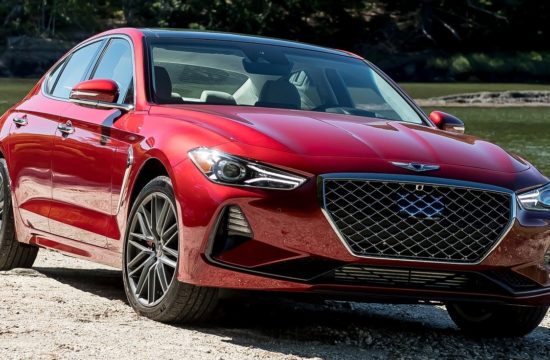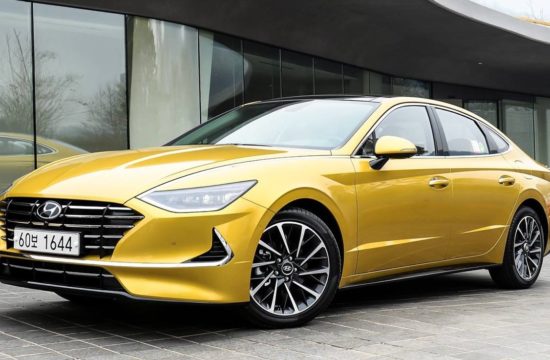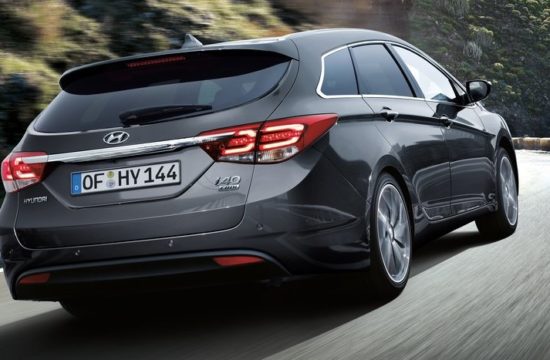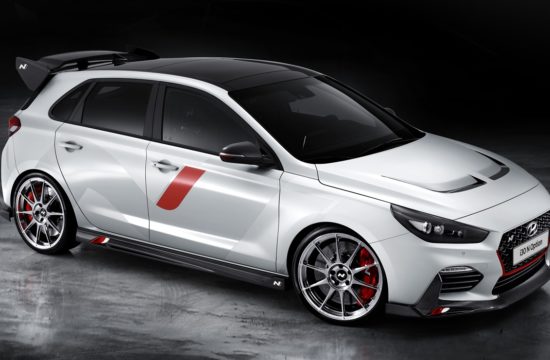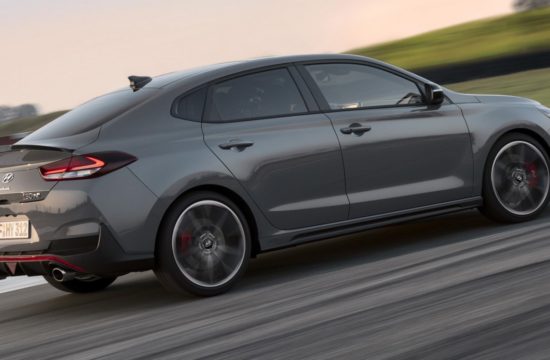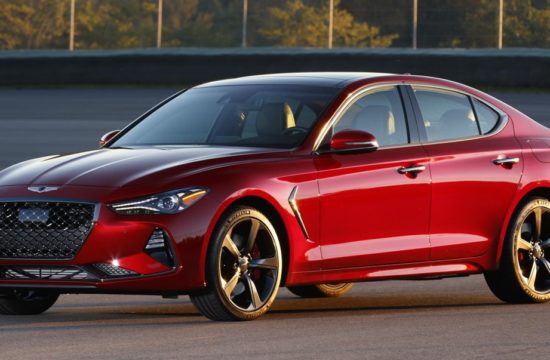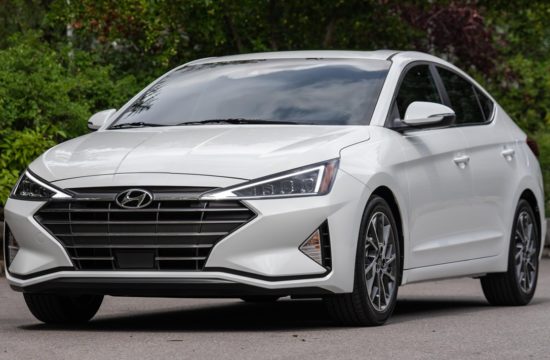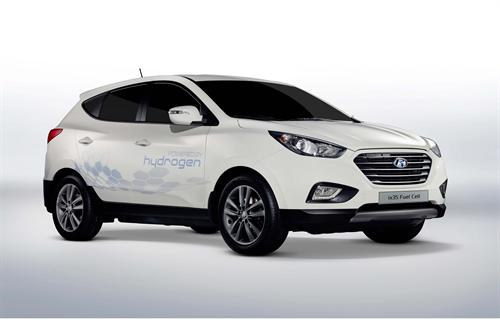
At this year’s Paris Motor Show Hyundai officially announced they are going to be the first auto maker to launch a series production FCV or fuel cell vehicle. Since there is still major hurdles in the fuel cell vehicles way, the cars – a converted ix35 SUV – will only be available for public and private lease by the end of 2012. That is also the reason Hyundai is going to make only a 1000 units by 2015.
That is of course a lot by FCV standards. Beyond 2015, Hyundai plans limited mass production of the ix35 Fuel Cell, with a goal of 10,000 units. They are hoping that by then somebody has found a way to mass produce usable hydrogen for fuel cell cars.
If we gloss over the fact that it’s still hard to get hydrogen, we have to say fuel cell cars are way better than plugin EVs. Filling an FCV – providing there is a hydrogen filling station – takes a few minutes, maybe even quicker than filling up a car with petrol. The system then uses that to make electricity, which then propels the car.
In terms of performance, the ix35 FCV does accelerates from zero to 62mph in 12.5 seconds, has a top speed of 160km/h (100mph) and can travel 588km (365miles) without refuelling.
So you will have no range anxiety, and best of all, you don’t have to drive in an eco mode all the time to preserve charge.
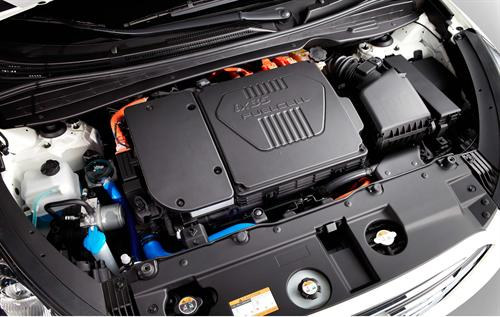
The ix35 Fuel Cell Specifications
| Length | 4,410 mm |
| Width | 1,820 mm |
| Height | 1,655 mm |
| Driving range on one fill-up | 588 km |
| Vehicle efficiency | 0.96 kgH2/100km |
| Top speed | 160 km/h (100 mph) |
| Acceleration, 0 to 100 km/h | 12.5 seconds |
| Fuel cell output power | 100 kW |
| Energy storage system | Battery, 24 kW |
| Fuel | Hydrogen (700 bar, 5.6 kg) |
| Exhaust gas | Water vapour |

